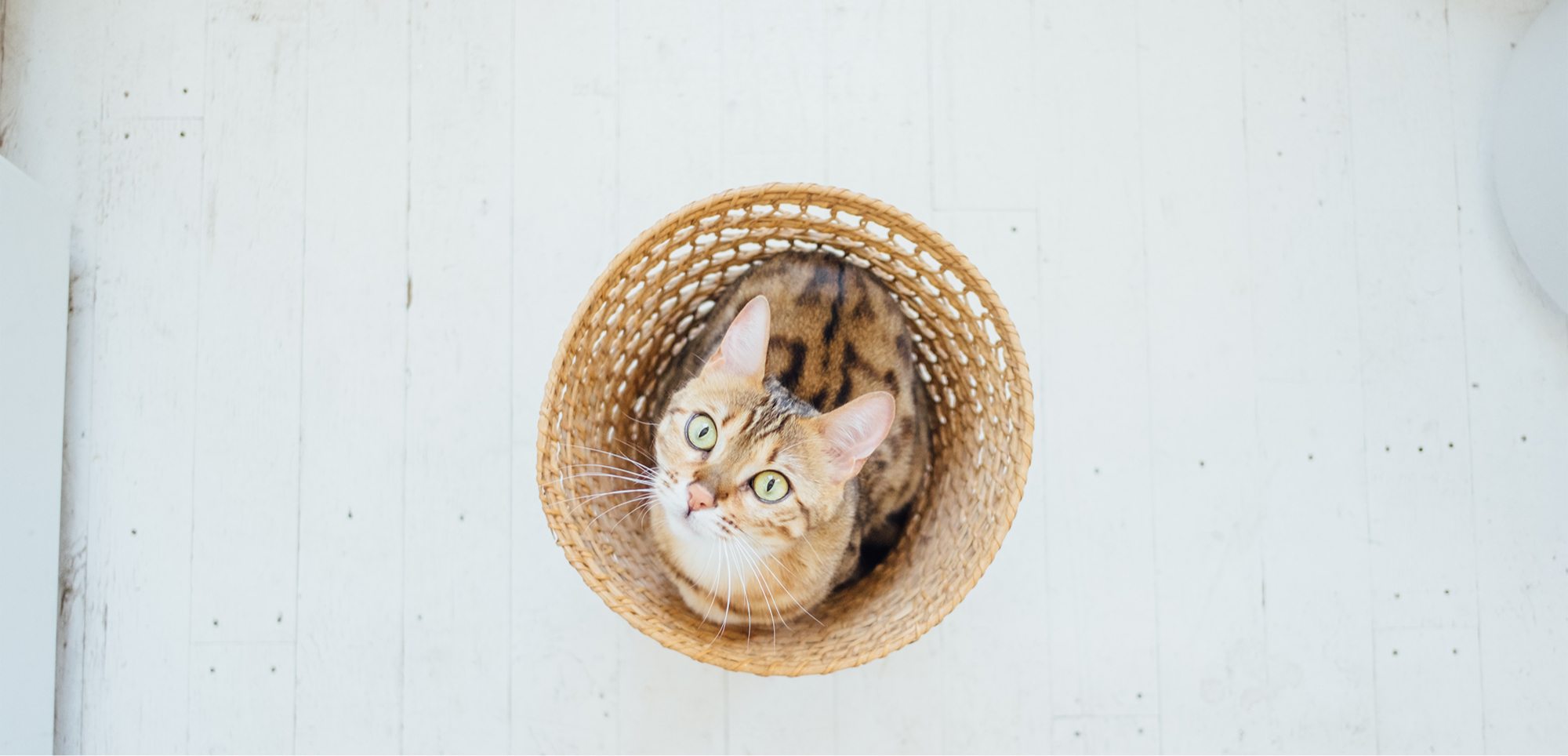Building positive relationships between children and animals
New Zealand is a nation of animal lovers, with 64% of Kiwi families sharing their homes with 4.6 million pets.
The stories people tell of growing up with their pets include experiences of love, connection, joy, humour, fear, adventure, and sadness.
Children can learn a lot from their relationship with animals – patience, respect, and empathy. The bond a child forms with the family pet provides enormous benefits for the child’s social, emotional and cognitive development.
Nicole Robertson, SPCA National Targeted Interventions Manager, uses her 25 years’ experience as a social worker to work with Kiwi kids to help create a better future for New Zealand’s animals. Her role sees her collaborating with communities to develop resources that help children develop empathy and act with compassion towards animals and people.
Here Nicole shares simple, practical steps adults can take to encourage a positive bond between children and pets, starting at home.

Learning important life lessons
- Between the ages of seven and eleven years old, children learn and instill their ideas of fairness and morality by watching how the adults in their lives treat each other and the animals.
- Teach children that your pets are not four-legged humans, and that it is important for the family to find out about what your pets need to thrive and be happy.
- Similarly, it is important to teach children that pets are not toys and that animals do not enjoy being shut in boxes or being dressed in clothes or held tightly.
- Some children may be frightened of animals. You can acknowledge this fear, while slowly encouraging a positive relationship between the animal and child. Lead activities with the animal and gradually allow the child to take the lead.
- Sometimes it is difficult to know what animals are thinking or feeling. Encourage children to trade places with their pet. If a child says they don’t like what’s happening, it is very likely the pet won’t like it either.

How to interact with animals
- Teach children to use rewards, pats, or a happy voice when your pet has behaved well.
- Do not allow children to yell, smack, or hurt the family pet as punishment.
- The child will follow adults’ lead and will respond to animals as they do. Children often perceive their family pets as siblings and will discipline the pet in the same ways as adults discipline them.
- Encourage children to notice when animals want to be left alone or are feeling fearful. The child may notice that the family pet behaves in a certain manner or retreats to a certain place when they are not comfortable.
Building the relationship between your child and your pet
- When introducing children to an animal, ask them to sit away from the animal and invite the animal to come to the child.
- Encourage children to interact with the family pet with fun activities such as hiding treats in a room for a dog to sniff out and find, or using a string cat toy to initiate play.
- Ask children to identify the personality, and likes and dislikes of your pet. Some pets are cuddly and some are independent. Some pets are active and some are relaxed. What are the unique characteristics of your family pets?
Encourage your child to help care for their pet
- Encourage children to learn about the animals they live with. Do some research together to find out about the specific needs of your family pet, including needs of certain species and breeds.
- Ask children to be involved in the daily care of the animals in the home. Young children can be supervised to put water in the bowl every day and children can learn to groom and play with their pets.
- Children can make fun toys for the pets to enrich their animal’s environment – they can make a cat tower out of boxes, or plait old sheets to make rope toys for dogs.
When pets get older
- When an animal is older their needs change. They may become more reserved or have tender joints or poor hearing. Help children to understand the different needs of older animals and teach them to read the animal’s body language before approaching a sleeping or older animal.
- A person’s first experience of grief may be when their childhood pet dies. It is important for adults to talk through their child’s thoughts and feelings at this time and to answer their questions honestly.

